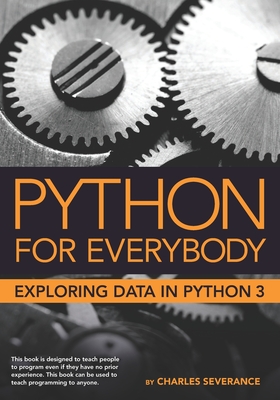Fast Track to Java 17 and OO Development Training in Wellington
|
We offer private customized training for groups of 3 or more attendees.
|
||
Course Description |
||
|
Fast Track to Java and OO Development provides a comprehensive introduction to Java. It is suitable for programmers with good working programming experience (no Java experience needed). It can be taught to audiences with less experience by reducing coverage of the optional, more advanced, topics.
In addition to covering basic Java programming, the course provides a solid understanding of the core OO and Java concepts and practices needed to create well-designed Java programs. This includes creating well-designed Java classes, encapsulation, composition, and inheritance/interfaces.
The material and labs include coverage of useful new Java capabilities such as the Java 9+ module structure, and other recent features and API enhancements. It also introduces important APIs such as the Java Collections Framework, and JDBC/JPA. This course is suitable for environments using Java 11-17. It also covers details of the Java release cycle, and Long Term Support (LTS) releases.
Be prepared to work hard and learn a great deal! The course can be held on-site & customized to fit your needs.
Course Length: 5 Days
Course Tuition: $2250 (US) |
||
Prerequisites |
|
| Working knowledge of some programming language - no Java experience needed | |
Course Outline |
|
|
Course Directory [training on all levels]
- .NET Classes
- Agile/Scrum Classes
- AI Classes
- Ajax Classes
- Android and iPhone Programming Classes
- Azure Classes
- Blaze Advisor Classes
- C Programming Classes
- C# Programming Classes
- C++ Programming Classes
- Cisco Classes
- Cloud Classes
- CompTIA Classes
- Crystal Reports Classes
- Data Classes
- Design Patterns Classes
- DevOps Classes
- Foundations of Web Design & Web Authoring Classes
- Git, Jira, Wicket, Gradle, Tableau Classes
- IBM Classes
- Java Programming Classes
- JBoss Administration Classes
- JUnit, TDD, CPTC, Web Penetration Classes
- Linux Unix Classes
- Machine Learning Classes
- Microsoft Classes
- Microsoft Development Classes
- Microsoft SQL Server Classes
- Microsoft Team Foundation Server Classes
- Microsoft Windows Server Classes
- Oracle, MySQL, Cassandra, Hadoop Database Classes
- Perl Programming Classes
- Python Programming Classes
- Ruby Programming Classes
- SAS Classes
- Security Classes
- SharePoint Classes
- SOA Classes
- Tcl, Awk, Bash, Shell Classes
- UML Classes
- VMWare Classes
- Web Development Classes
- Web Services Classes
- Weblogic Administration Classes
- XML Classes
Java Programming Uses & Stats
|
Difficulty
|
Popularity
|
Year Created 1995 |
|
Pros
Most Commonly Used:
Great Career Choice:
Android Apps Development:
It Can Run On Any Platform:
Great Supporting IDE's: |
Cons
Uses a Lot of Memory:
Difficulty in Learning:
Slow Start Up Times:
Verbose and Complex Code:
Commercial License Cost: |
| Java Programming Job Market |

Average Salary
|

Job Count
|

Top Job Locations
New York City |
|
Complimentary Skills to have along with Java Programming
- If you are an experienced Java developer, learning a complimentary language to Java should come much more naturally. As an example JetBrains recently created the Kotlin programming language which is officially supported by Google for mobile development. Kotlin compiles to Java bytecode and runs on the JVM; it's purported to address many of Java's shortcomings... |






